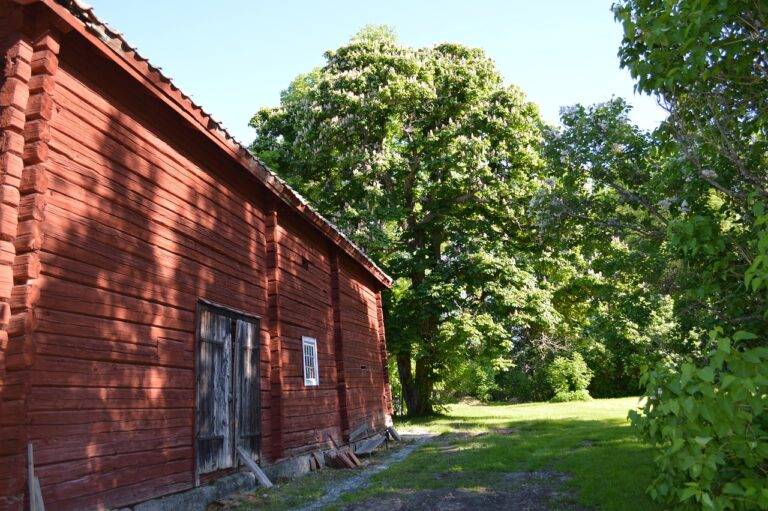The Benefits of Building with Sustainable Concrete Alternatives
Concrete is one of the most widely used construction materials worldwide, but its production comes with a significant environmental cost. Traditional concrete production releases a substantial amount of carbon dioxide into the atmosphere, contributing to climate change. By choosing sustainable concrete alternatives for construction projects, builders can reduce the environmental impact of their structures.
Sustainable concrete alternatives offer a more eco-friendly option that minimizes the carbon footprint of construction projects. These alternatives use recycled materials such as fly ash, slag, or even recycled concrete aggregates, reducing the need for extracting raw resources. Additionally, some sustainable concrete mixes require less energy to produce, further lowering the overall environmental impact of the construction process.
Environmentally Friendly Options for Building Materials
When it comes to selecting building materials for construction projects, opting for environmentally friendly alternatives can significantly reduce the environmental impact of the development. By choosing materials that are sustainably sourced and produced, builders can help minimize the depletion of natural resources and decrease the carbon footprint associated with the construction industry.
One such environmentally friendly option for building materials is using recycled or reclaimed materials. Repurposing materials like reclaimed wood, recycled steel, or salvaged bricks not only reduces the demand for new resources but also diverts waste from landfills. These materials often have unique characteristics and add a touch of character to the construction project, providing a sustainable and aesthetically pleasing solution for builders and developers.
Reducing Carbon Footprint with Sustainable Concrete Alternatives
Concrete production is a significant contributor to carbon emissions globally. Traditional concrete production releases a large amount of carbon dioxide into the atmosphere, making it one of the biggest culprits in the construction industry. To combat this issue and reduce our carbon footprint, many are turning to sustainable concrete alternatives that offer a more environmentally friendly option for construction projects.
One popular sustainable concrete alternative is the use of recycled materials such as fly ash, slag, and recycled aggregate. By incorporating these materials into concrete production, we can reduce the amount of virgin materials needed while also diverting waste from landfills. This not only helps to lower carbon emissions but also promotes a circular economy by reusing resources that would otherwise go to waste.
What are some reasons to choose sustainable concrete alternatives for construction projects?
Sustainable concrete alternatives help reduce carbon footprint, conserve natural resources, and promote a healthier environment for future generations.
What are some environmentally friendly options for building materials?
Some environmentally friendly options for building materials include recycled concrete, fly ash, slag cement, and geopolymer concrete.
How do sustainable concrete alternatives help in reducing carbon footprint?
Sustainable concrete alternatives reduce carbon footprint by using recycled materials, reducing energy consumption during production, and minimizing waste generation.
Are sustainable concrete alternatives cost-effective for construction projects?
While sustainable concrete alternatives may have a slightly higher upfront cost, they can lead to long-term cost savings through reduced energy consumption, lower maintenance costs, and improved durability.
How can builders and developers incorporate sustainable concrete alternatives into their projects?
Builders and developers can incorporate sustainable concrete alternatives by specifying environmentally friendly materials, working with suppliers who offer sustainable options, and seeking out green building certifications.







